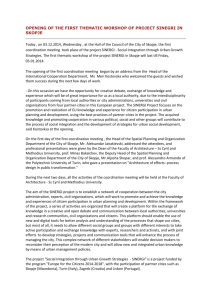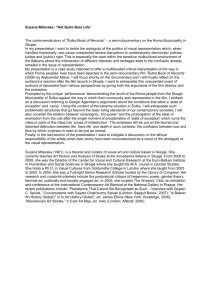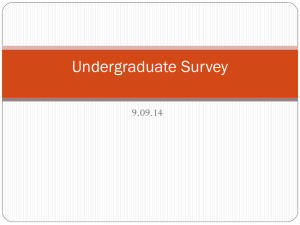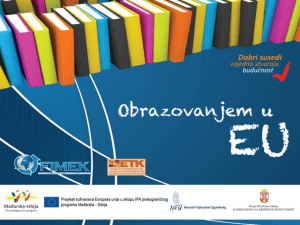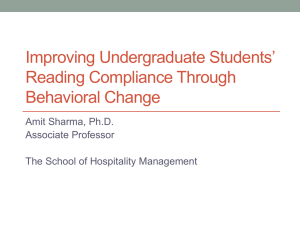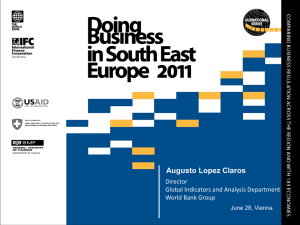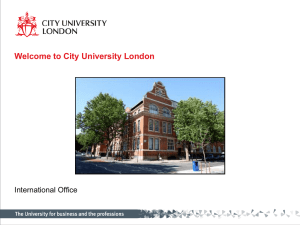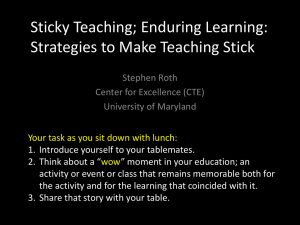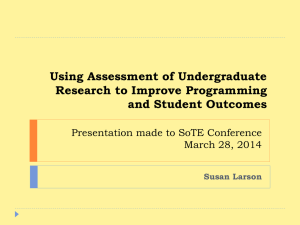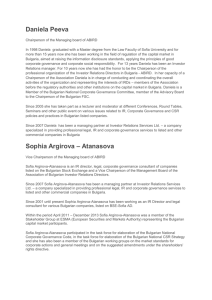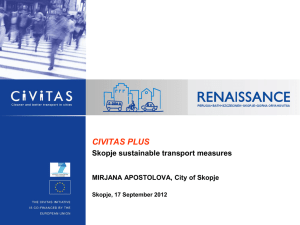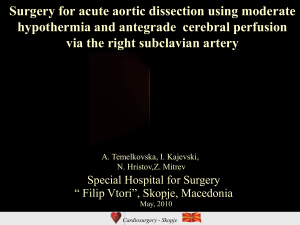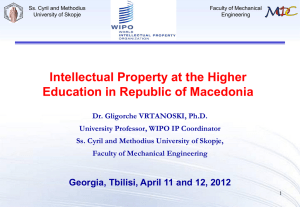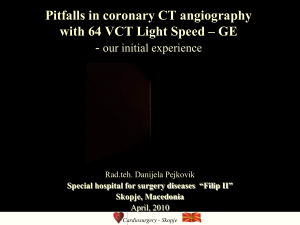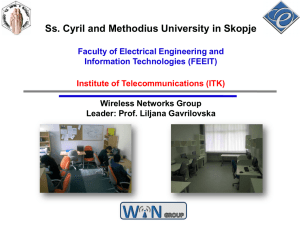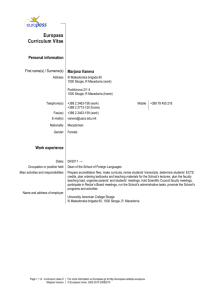pptx
advertisement
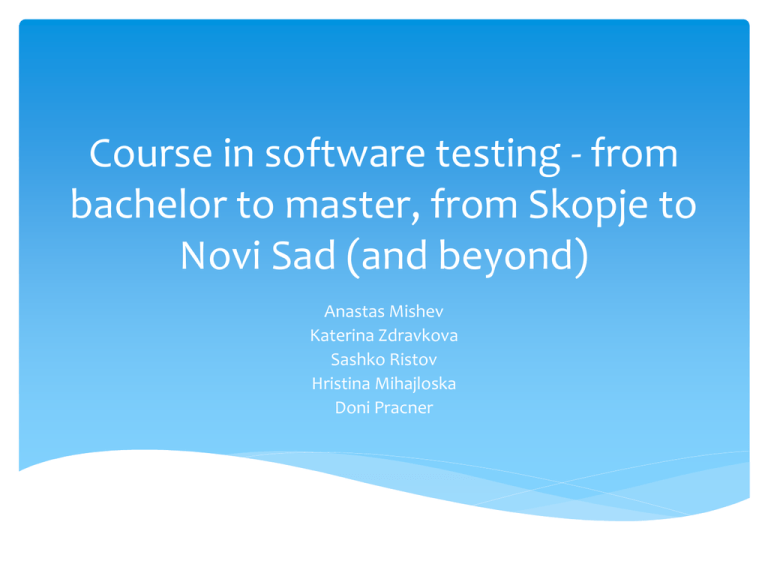
Course in software testing - from bachelor to master, from Skopje to Novi Sad (and beyond) Anastas Mishev Katerina Zdravkova Sashko Ristov Hristina Mihajloska Doni Pracner Agenda History Core syllabus Flavors Issues Solution Going further Conclusion Brief history 2008 First undergraduate course in Skopje The choice between incomplete course from Tempus or new one Core syllabus defined 2009 First postgraduate course in Skopje Advanced version adapted for master students Based on the same core syllabus 2010 First course delivery in Novi Sad Mixed group of students, mostly masters Core syllabus Introduction Graph Testing Logic Testing Input Space Partitioning Syntax Testing Practical Considerations Current and future trends and issues Four Structures for Modeling Software Graphs Applied to Applied to Source Specs Source Specs Design Input Space Logic Use cases Syntax Applied to FSMs DNF Source Models Integ Input Course fundament Introduction to Software Testing by Paul Ammann and Jeff Offutt Waiting for a new edition Full set of slides Sample tracks for different audiences Student and instructor solution manual Support software http://cs.gmu.edu/~offutt/softwaretest/ Flavors Undergraduate course Master course With prerequisites Without prerequisites Novi Sad flavor Undergraduate course in Skopje Started in 2008 Final year course, 5th course in the track 1. 2. 3. 4. 5. Software engineering Requirements analysis Software design and architecture Software patterns Software quality and testing Undergraduate course in Skopje (2) Core syllabus Weekly (2 + 1 + 2) 2x theory 1 x theoretical exercises 2 x practical laboratory exercises Laboratory groups up to 20 students 10 laboratory exercises Mandatory Project - Practical Undergraduate course in Skopje (2) Evolution of the course Most changes done in the labs and projects In the first years, we focused mostly on the math In the latest years, more practical consideration Be back on this in issues and solutions Undergraduate course in Skopje (3) Course competition rate ~ 75%-80% Final project done in groups of 2-3 students Final project Given some application (or source code), student should apply some testing tool and document the whole process, with special focus on the automation. Last generation projects given in collaboration with the industry partners Master course in Skopje Two group of students With the course passed in the undergraduate level Without The master course for the students without the course passed at undergraduate level was almost the same as for the undergraduate Some added topics More complex assignments and project Master course in Skopje (2) Quite different approach for the group with the undergraduate course passed Few advanced topics from the book covered Focus on the current trends Lectures, discussions and projects focus on Web testing Business logic testing Mobile testing Agile development and testing Cloud based testing (Master) course in Novi Sad Combination of the previous versions Student group usually mixed Mostly master, with some undergraduate No previous course in software testing Delivery method Compressed, 2 weekends Local support for the exercises and more (thx Doni) (Master) course in Novi Sad (2) Delivery method Compressed, 2 weekends Local support for the exercises (thx Doni) Evolution of the homework assignments From strictly math to more practical and complex assignments Using previously developed software in the assignments More discussion based classes (due to smaller number of students) Issues At the beginning, focus mostly on the math Most of the assignments were related to the the models of software representations Through students surveys and discussion we have learned Students want more practical experience with tools Industry supports the usage of tools (but only as an addition to the core syllabus) Masters would like to hear about the importance of software quality from the industry Solutions This year, two invited lectures from industry experts for the undergraduate course Covering topics that were missing Unit testing and Test Driven Development Test Double Patterns Both visits included lecture with examples, group work and individual practical work Final project was given from these topics Students were very satisfied We received positive feedback The practice will continue Solutions (2) For the masters students, invited lectures are usually project management experts Presenting software projects Failures and reasons for that Importance of testing and quality assurance Going further Industry collaboration Targeted course for a midsized company Specific tools (as requested by the company) CheckStyle JUnit Selenium JMeter SoapUI Topics Introduction to software testing Modeling the software to improve testability Testing web applications, client and server side Testing mobile applications Testing tools introduction Practical work with specific tools Conclusions The course is evolving over time Adapting to the students comments, requirements Alignment with the requests and suggestions from the industry New topics are included at the lectures More practical projects and homework Tighter collaboration with the industry Questions? Thanks to everyone that contributed to the development of this course Thanks for your attention
